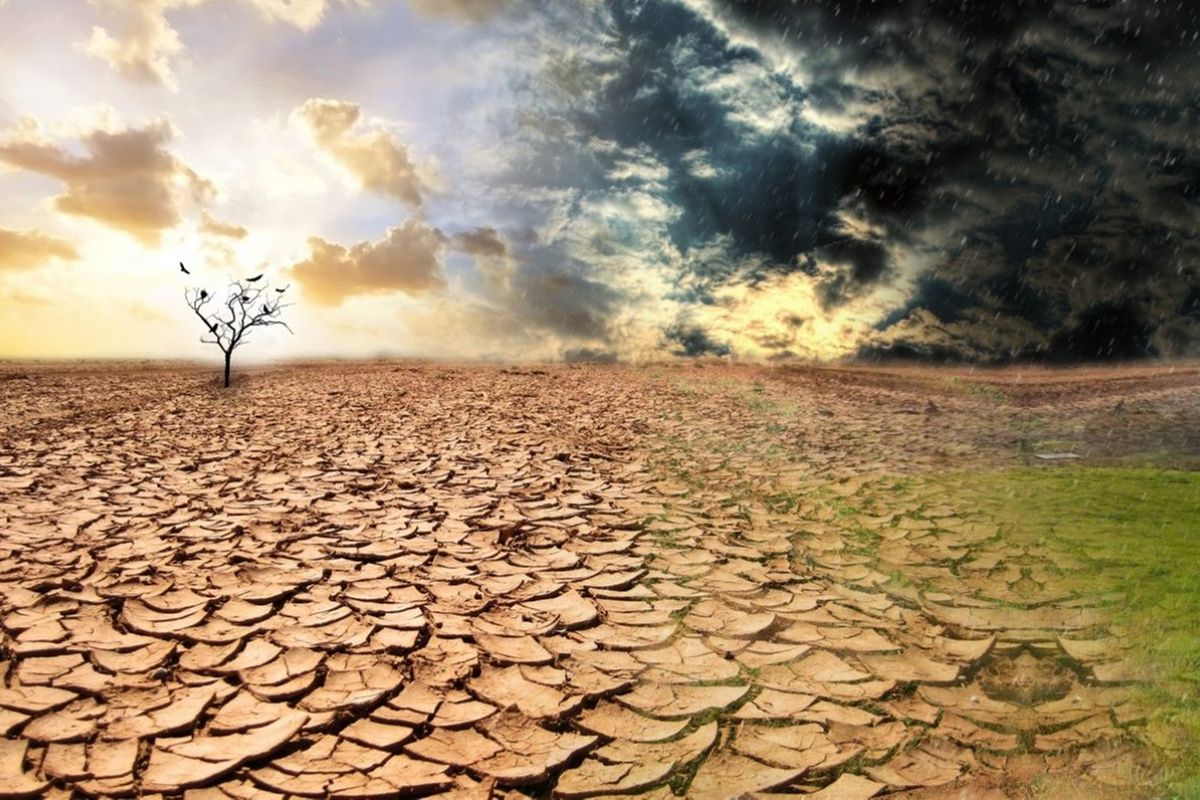Connecting East African investors with key tourism stakeholders was the goal of the inaugural Zanzibar tourism summit, which was held last month and graced by Zanzibar’s President, His Excellency Dr Hussein Ali Mwinyi.
At the event there was a call to invest in current tourism opportunities and the blue economy. “Blue activities” (fisheries, tourism and maritime transportation) contribute to nearly 30 percent of Zanzibar’s Gross Domestic Product (GDP) according to the Blue Economy Policy 2020, and the Zanzibar Development Vision 2050 identifies the blue economy as a priority for the 30 years.
Nevertheless, climate change does pose one of the greatest threats to Zanzibar’s biological diversity as an archipelago.
The urgency of mitigating climate change impacts cannot be overstated. A Voluntary National Review (VNR-2019), covering both mainland Tanzania and Zanzibar, highlighted the effects of climate change including increased temperatures, changing rainfall patterns, melting of glaciers on Mount Kilimanjaro, increased droughts and floods.
Furthermore, the report revealed that a number of SDGs, including climate action (SDG13), require additional efforts. Climate change mitigation and adaptation must therefore be made a priority by the private and public sectors.
There are several climate-sensitive sectors in Tanzania’s economy that have significant contributions to employment and GDP, including agriculture, mining, tourism, fisheries, construction, and transportation.
As these sectors are also most vulnerable, prioritising fund allocation is necessary to protect them and sustain them. Adverse impacts consequent on climate change currently account for an estimated loss of about 1-2 percent of the GDP in the country, according to the National Climate Change Response Strategy (2021-2026). If mitigation actions are not expedited, this figure could rise significantly.
Last year at COP27 in Egypt it was noted that financing these mitigating activities has been a challenge and developed economies have failed to deliver on this aspect. The financing needed to address current climate risks in Tanzania is estimated to be about $500 million per year, which could go up to $1 billion by 2030. The availability and accessibility of sustainable climate finance is also dependent on both international and domestic sources.
In November last year the Government announced in parliament its plans to increase expenditures by 4.4 percent for the 2023/2024 financial year to accommodate the country’s growing development needs. In parallel with discussions about economic growth, in an era of climate change we must also discuss ESG development goals.
In most developing countries and OECD countries, climate change is included in the budget programmes of the ministry with lead responsibility. Nevertheless, integrating environmental concerns into all facets of policy would enable budgetary decisions to better consider environmental aspects.
Adaptation to climate change should be given similar priority in budget discussions (as is given to urgent short-term issues) so as to ensure that climate action is treated as an urgent national issue rather than a ministry issue and so mitigate the risks it poses to Tanzania’s economic development progress.
What to do? Well, the budget discussions could consider initiatives such as: green grants, green tax and incentives, and tax reliefs that aim to motivate and reward companies for taking actions against climate change, whilst also encouraging environmentally friendly projects and investments.
We also do not need to reinvent the wheel on this one as reference can be made to initiatives taken in other jurisdictions.
The Government has made significant progress in strengthening its development planning to address the challenges of climate change adaptation and mitigation. However, the fast-changing environment does demand an even deeper understanding of all available options for combating the problem, which is in itself is a complex process.
Therefore, prioritising these discussions now holds out promise as a means to build a sustainable economy and with that the possibility of reaping results from the blue economy in the short, medium and long term.















